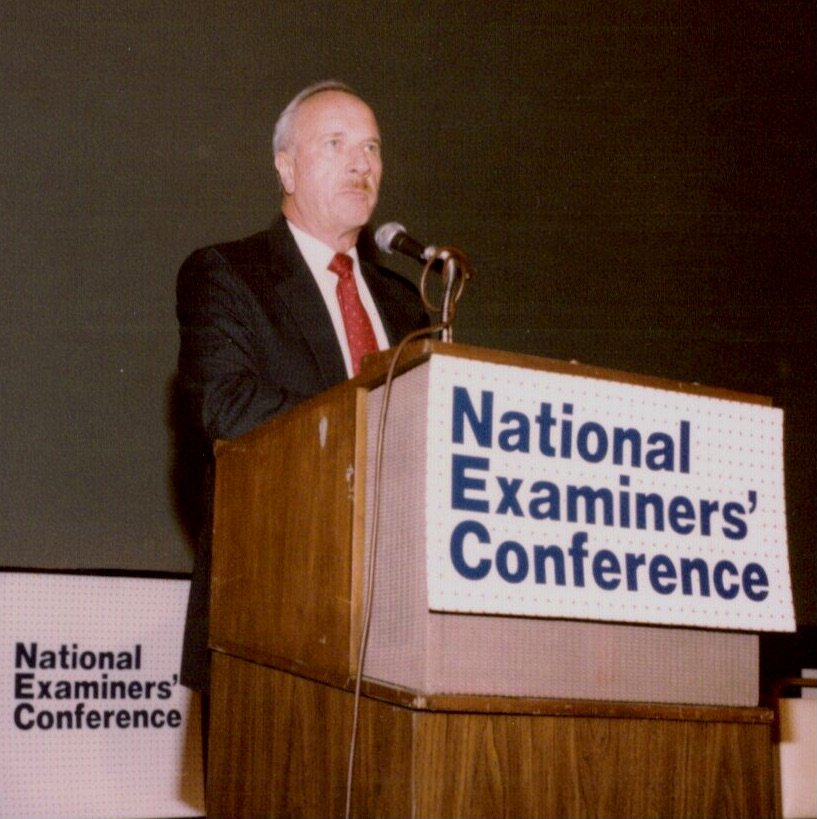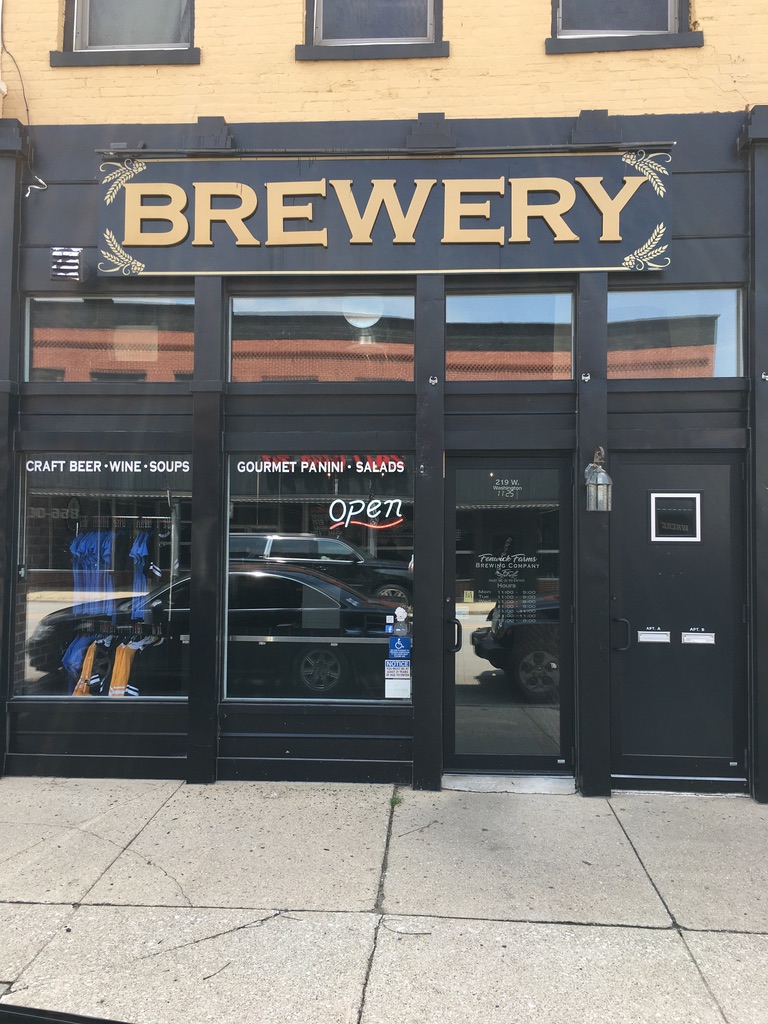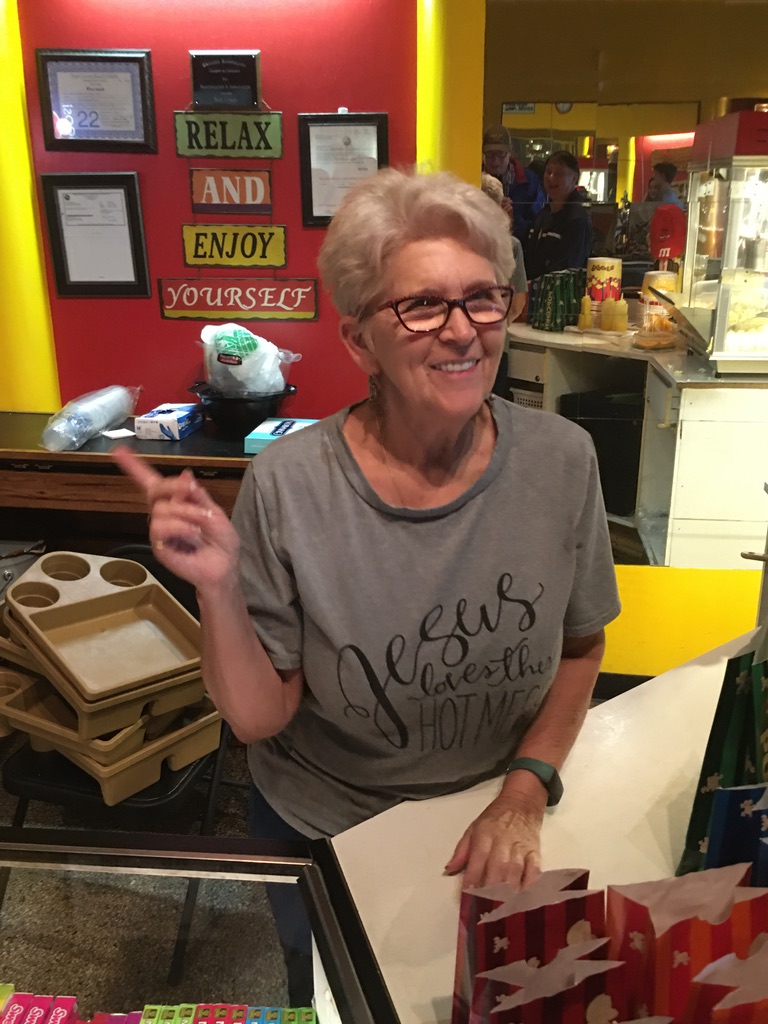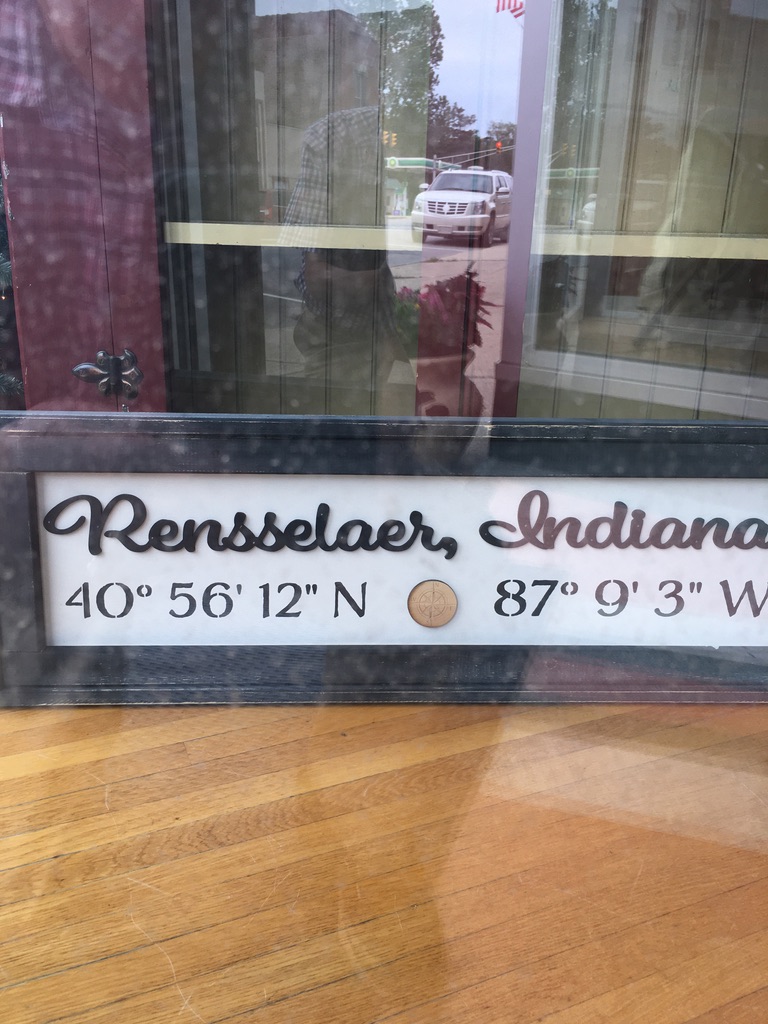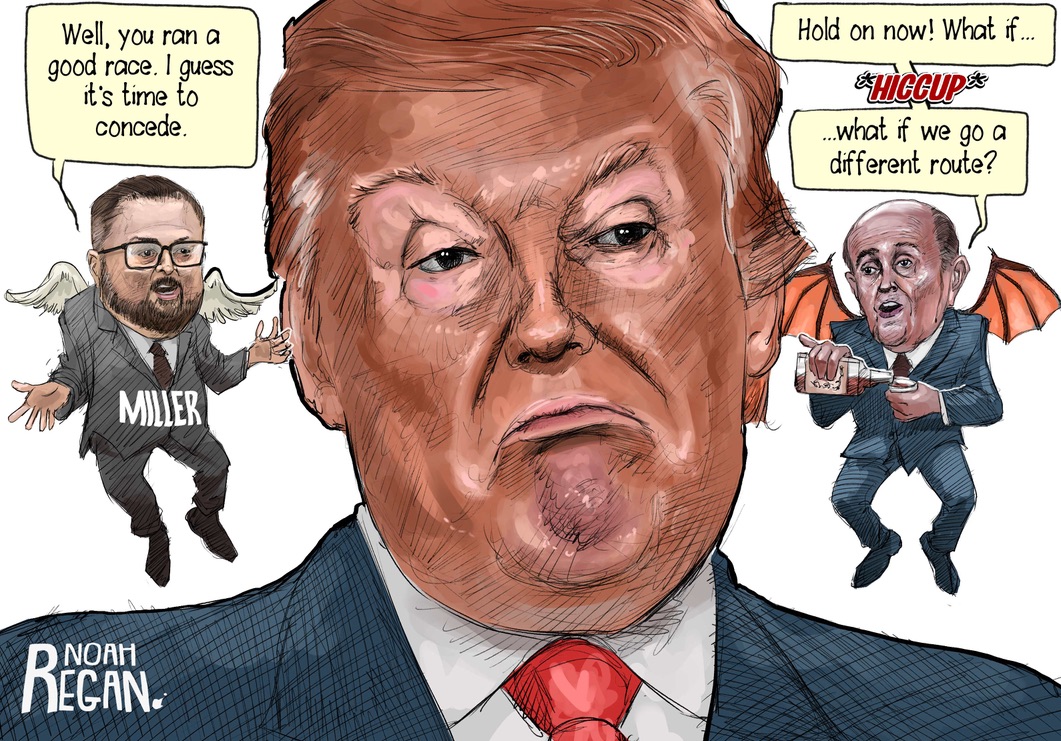On May 2, 2022 the $12 billion VyStar Credit Union celebrated its 70th anniversary with a ceremony at its founding location, the Naval Air Station, Jackson, FL.
The press release included the following announcement: VyStar is also leading a digital transformation that includes a new website and online & mobile banking platform. But then reality set in.
The Music Stops
On May 14,2022 the confetti hit the fan. The conversion to the new online and mobile platform failed. As of the following Friday there were more than 13,444 comments posted on the VyStar Facebook page about the outage.
The situation as described in a CU Times story on May 22: The brief outage, as explained to members, was planned to last for two days. As May 20 rolled around, seven days later, the $12.3 billion credit union’s 822,000 members still were offline and furious. One Facebook posting: “How in the Hell Does a Credit Union go a week with its online systems completely DOWN in 2022???”
The CEO Returns
Brian Wolfburg, CEO had been on vacation overseas. Upon his return he was interviewed by a reporter Jim Piggott for the local TV station, NEWS4 JAX. The complete 18 minute interview is here. The on air report excerpt was just six minutes.
Wolfburg repeatedly references the credit union’s 70 year history to indicate that the credit union will “get it right.” Members posted their skepticism in comments after the story such as:
Mikey19 DAYS AGO: I think the CEO should resign and the person that is in charge of this mess should be fired. Who is with me on this. Let’s email the Board of Directors to let them know our thoughts. VyStarBoard@vystarcu.org
Members File Complaints with Regulator
A June 6, CU Times article detailed member complaints with the Florida Office of Financial Regulation:
Complaint Filed May 20: “VyStar Online Banking has been unavailable to members for 7 days now with no date given as when to expect the system to be operational. VyStar Management has been vague and evasive with little to no accountability for the botched roll out of its new online banking system. They have gone ‘dark’. The story added:
CU Times has repeatedly asked for interviews with VyStar executives and board members. The interview requests have not been granted.
Potential Legal Trouble
A June 8 article in CU Today described the potential of a class action suit. Also the credit union would end its fee refund of fees incurred by the outage.
VyStar said that it proactively refunded/is refunding fees that it charged members from May 14 through June 9 as a result of the online and mobile banking conversion, but as of June 10 it will not do so.
Members Leaving
In a June 9 CU Today update, the story described members intentions to leave the credit union:
Action News Jax said it contacted VyStar CU regarding how many members have closed out memberships, but said the credit union did not provide any data.
Class Action Suit Filed
June 13, CU Today reported on a class action suit:
In an interview with FirstCoastNews.com two weeks after the solutions went down, Attorney Austin Griffin, a partner in StoryGriffin PA, a consumer justice law firm in Jacksonville Beach. Fla., told FirstCoastNews VyStar members could go after the credit union with three possible claims: negligence, breach of contract and fiduciary duty.
Griffin told the publication that since VyStar is a credit union and not a bank, there is “an expected higher standard of care.”
VyStar’s Status Today
The latest update on VyStar’s web site reads:
Online statements now available. Access your accounts and make External and Internal Transfers via your computer, tablet or mobile device at online.vystarcu.org. Please note: We will continue to have planned daily maintenance from 1 a.m. to 4 a.m. EST when system access may be unavailable.
The Credit Union Times latest summary is as of June 14. Over 28,000 comments have been posted by members frustrated with their experience.
Context for the Event: VyStar Invests $20 Million in Nymbus
There are more factors to this story than a botched conversion.
In July 2021, VyStar signed a deal with the Jacksonville, Fla.-based Nymbus as the credit union’s online and mobile banking partner.
This statement by Joe Colca, Seniro Vice President of Digital Experience was part of the release: “Our previous investment already demonstrated our confidence in Nymbus. We’re now proud to lead by example for other credit unions seeking a trusted fintech partner to implement sophisticated technology, people and processes to offer progressive products and member experiences.”
In October 6, 2021 Credit Union Times reported Nymbus had moved into VyStar’s head office location. “A fintech with credit union funding is moving from Miami Beach to the campus that houses the headquarters of VyStar Credit Union in Jacksonville, Fla.
Nymbus said in a news release Tuesday that it made the move because of its relationship with VyStar ($11 billion in assets, 778,348 members). VyStar invested $20 million in April to help develop Nymbus’ month-old Nymbus CUSO to better extend its services to credit unions. In July, VyStar chose Nymbus as its new online and mobile banking solution partner.
In September 2019, VyStar created a $10 million fund to invest exclusively in fintech companies. VyStar has said it has supported Nymbus because it provides a way for it and other credit unions to keep up with members’ rising expectations for sophisticated online services. Nymbus’ website said it saves banks and credit unions “decades” in developing such services.”
Two senior managers of VyStar were also members of Nymbus’s Board. Joe Colca, VyStar’s SVP on the board was quoted:
“Nymbus has proven to be an effective, valuable partner in our efforts to improve the member experience at VyStar and strengthen the credit union industry as a whole,” Colca said.
VyStar’s FOM Expansion and Bank Purchases
Vystar’s first bank purchase was announced on January 15, 2019 with the purchase of First Citizens Bank: VyStar Credit Union announced it plans to acquire $280-million Citizens State Bank, a Florida state-chartered bank headquartered in Perry. CSB has four locations: two branches in Gainesville, and branches in Perry and Steinhatchee, Fla.
The article continued that this purchase was possible because of an FOM expansion:
In November 2018 VyStar received approval from the Florida Office of Financial Regulation to significantly expand its field of membership by 27 counties—more than doubling the original 22 counties—to include all 49 counties of Central to North Florida. This expansion included Taylor County, where CSB’s Perry and Steinhatchee offices are located. VyStar currently serves the Gainesville community with two branch locations with plans to open additional offices in Alachua and Ocala by mid-year, the CU said.
Subsequently, on March 31, 2021 VyStar’s purchase of the $1.6 billion Heritage Southeast Banking group for $189 million was announced. The closing has been deferred three times. This would be the largest purchase of a bank by a credit union.
Largest Subdebt Placement by a Credit Union
To support these bank purchases and rapid growth, VyStar issued $200 million of subordinated debt in the first quarter of 2022. This is the largest subdebt capital placed in credit unions to date. Arranged by Olden Capital, the issue was sold to 41 investors including credit unions, banks, insurance companies and asset managers.
Without this external capital infusion, Vystar’s net worth would have been 7.9% of March 31, 2022 assets. With the debt and using a four quarter asset average as the denominator, VyStar reported a net worth ratio of 10.15%.
“Values-centric” brand campaign: “Do Good. Bank Better.”
From an October 2021’s CU Today story New Branding Campaign:
VyStar Credit Union has launched a new “values-centric” brand campaign, “Do Good. Bank Better.”
VyStar said the multimedia campaign has been inspired by the people, businesses and organizations that it serves, and that it elevates VyStar’s “powerful promise to support its members and communities by offering better banking options and giving back to strengthen the places it calls home.”
“We proudly live by the words, Do Good. Bank Better., and this is just the beginning of our efforts to continue sharing our nearly 70-year story,” said VyStar President/CEO Brian Wolfburg in a statement. “As we evolve as an organization, we remain true to our roots by upholding our standard of leading by example and showing goodwill in everything we do.”
The Member’s Chance for a Choice
VyStar has been on a very ambitious multiyear growth spurt: converting charters and expanding the FOM, purchasing whole banks, investing in multiple fintech companies, raising external capital and launching a new public relations and branding campaign.
Members’ reaction to the online conversion failure shows how much confidence has been lost in these many expansion efforts. The situation calls into question multiple initiatives especially the credit union’s investment and role in Nymbus plus its thrice-deferred bank purchase.
This episode and its background are now occurring in a rapidly changing economic and financial environment. Investments and other assets that appear sound when the cost of funds is near zero now have a very different risk profile.
Once again the regulators have been on vacation.
The credit union’s reputation is being stained. Its operations, business initiatives and internal capabilities appear strained on several levels. The net worth ratio is created, not earned.
The best solution may be to follow the advice of the member who posted: Let’s email the Board of Directors to let them know our thoughts. VyStarBoard@vystarcu.org
Members are the owners. They should do more than vent frustration by exercising their power to choose their representatives for the board. They should take back their “home” if they truly want to see the credit union “do right” for its members and communities.
